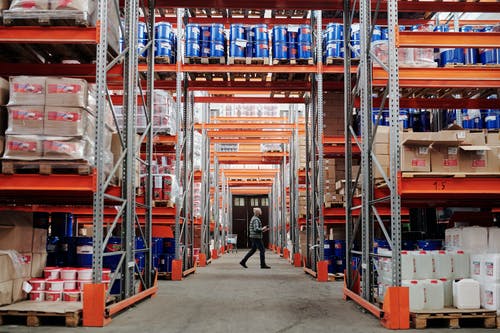2020 has been a stressful year for just about everyone thanks to the Coronavirus pandemic, and while there is reason for optimism about a vaccine sometime in the future, COVID-19 appears likely to stick around for at least the first two quarters of 2021 as well. Unfortunately, this means that the problems warehouses are having with employee retention now may persist for much of next year too, unless warehouse managers take steps to mitigate them.
Fortunately, with a little bit of reorganization and shifts in how we view a typical workday, it is possible to minimize turnover while maximizing productivity under these unfortunate circumstances. Here are a few tips for retaining workers during COVID-19 that may help you keep your warehouse and its employees on track.
Take Sanitation Recommendations Seriously
The good news is, the novel Coronavirus is not an unbeatable superbug. By following proper procedures and ensuring workers do too, you can significantly decrease the odds of COVID-19 spreading through your workforce and impacting your business.
However, sanitation rules are useless if they are not followed and enforced, so when it comes to retaining warehouse workers during the pandemic, following CDC guidelines is essential. Everyone on the shop floor should wear masks for the duration of their entire shifts, and both replacement masks and hand sanitizer should be staples on your weekly or monthly supply lists.
Whenever possible, workers should maintain at least six feet of distance from each other while on the floor. If that requires remapping pick routes, you should strongly consider doing so. Finally, if your warehouse has bay doors or windows that can be left open during the day, doing so would allow for air circulation throughout your building and make a substantial difference in mitigating the spread of COVID-19.
Make Allowances for Sick Days as Much as Possible
We all know someone – or have been someone – who’s come to work while they are sick when they probably shouldn’t have, just to avoid falling behind on tasks or leaving a shift shorthanded. If a worker reports symptoms associated with COVID-19, it’s best to err on the side of caution and get them off the floor. After all, it is far better during a pandemic to play it safe and take a small hit to productivity than to take a risk that ends up infecting your entire staff. Furthermore, if it’s feasible for your business, changing shift schedules so that fewer workers are present in your warehouse at any given time could help manage both the pandemic and standard-issue employee burnout.
Work is Important, but so Are Your Workers
COVID-19 has been psychologically hard on your loyal employees just as much as everyone else. However, while scheduling outside events like BBQs or community involvement might not be feasible at this time, you should still make an effort to keep your employees engaged in their work and communicate your appreciation for their efforts. Direct feedback from managers, small rewards throughout the workweek, and words of praise at the end of a shift can do wonders for employee morale.

